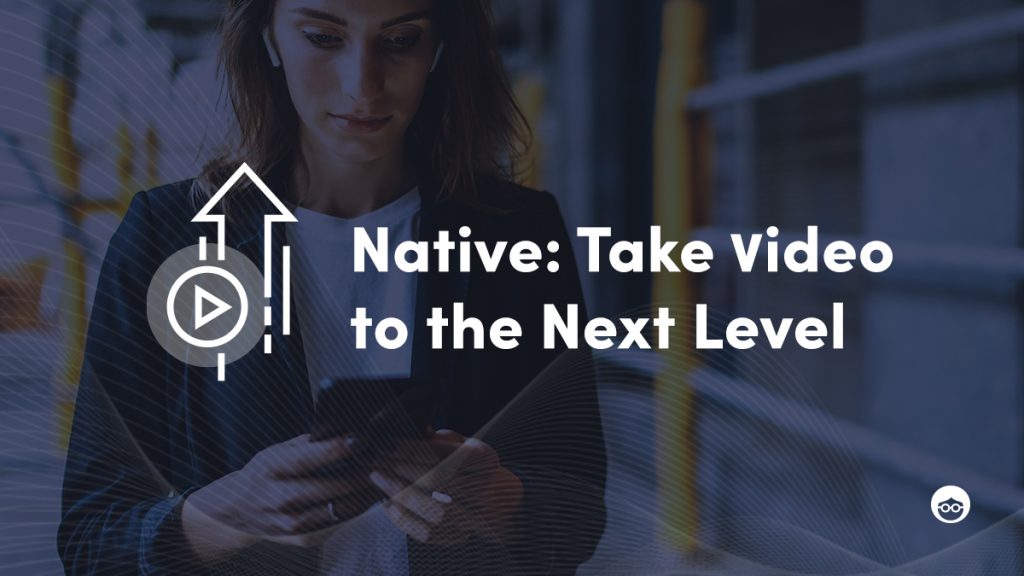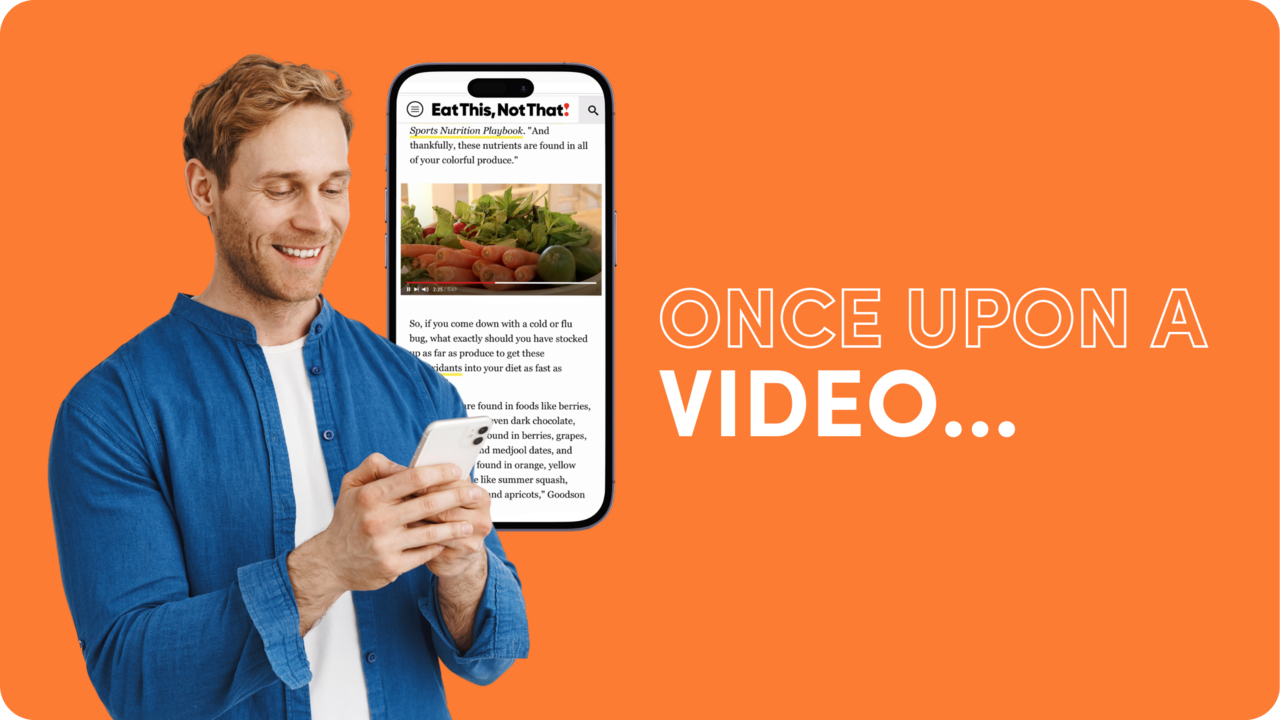A Concise Framework for Native Video Ads Marketing

There is a key reason why native video has gained an edge over regular video, and here it is: Native videos are non-intrusive, so they don’t annoy the audience as other ads do.
Native video ads aim to match the look, feel, and function of the web page on which they appear, often taking the format of in-feed ads and recommended content that matches the interest of the viewer. In 2021, video advertising will increasingly go native. And there is no better time to start adapting your video marketing than now.
Here are some tips of how to work with native video ads as part of your video marketing strategy:
Choose the channel(s) carefully
The entire idea of native ads is that they ‘mirror the visual design of the experience they live within, and look, feel, and behave like natural content on the publisher’s property in which they’re displayed.’ In other words, it’s the channel that influences the production of the video. Hence, choosing a platform to display your video is the first step.
Some of the factors you must consider include the following:
● Who are your customers, and where do they spend the most time? Advertising is reaching out and it only makes sense that your videos appear where your audience is.
● What targeting features are available on the platform? Does the platform allow you to target specific demographics? This has been the great undoing of traditional media. On native platforms like Outbrain, targeting specific and relevant audiences not only drives up your engagement rate per view, but also helps to boost your ROAS (return on ad spend). More advanced features such as retargeting, lookalikes, and interest-based targeting are also something to look out for when choosing a platform for native video.
● How can you track and analyze video ad data? No ads campaign is complete without analytics. Native video ads get great results — on Outbrain, native video ads regularly see an average 50% completion rate and 60% viewability rate! Host your native videos on a channel with a smart strategy for analyzing ads data and measuring ROI, and proven metrics that will improve your ROAS too.
Tell a story (rather than sell a product)
One distinctive quality of native video ads is that they are not designed for the hard sell. Instead, the aim is to drive engagement through compelling storytelling. Amazon does a great job of this with its latest Christmas advert.
Everyone has been talking about Amazon’s latest Christmas advert. In the video, a teenage ballet dancer was left distraught who had been practicing for days had her show canceled due to coronavirus restrictions. Insisting that the show must go on, her younger sister makes posters inviting people to watch the dancer perform on the street at night.
Amazon does feature in the ads, as the props and lights used to set up the makeshift stage were ordered on its platform. But that’s not the center of the ad. According to Simon Morris, Amazon’s VP Global Creative, “Our TV ad is inspired by, and pays tribute to, the unbeatable human spirit and the power of community that we have witnessed so often this year.”
Native video ads are the ideal medium to promote this kind of storytelling, as they fit seamlessly with the natural discovery experience preferred by consumers.
Use emotional triggers
Amazon’s ad wasn’t successful just because it told a story; the story connected with people on a deeper level by resonating with their real-life experiences. And that has resulted in the wide reception of the video that most people have described as moving.
In creating a video, ask yourself and your team members, ‘how do we want people to feel after watching this?’ The first step to achieving this is to understand your audience’s motivation, that is, what moves them. Only then can you construct your videos in a way that appeals to their emotions.
Emotional triggers in videos can be created with the help of the narrative and voiceover, color tones, facial expressions, sounds, camera movement, music, and anything that adds to the mood and atmosphere.
Prioritize mobile viewers
73% of Gen Z and millennial consumers are watching more video on their smartphone in 2020 than they did a year ago, according to Snap Inc.’s 20/20 Vision for Mobile Video report. The report also found that consumers spent an average of 47 minutes on video on mobile, as against the 24-minute average for desktop/laptop.
With the fast-growing rate of mobile internet use, it is very important to plan a native video ad strategy around mobile viewers. Though with smaller screens, mobile native videos perform much better, particularly due to trends in generational habits. This has led to improved video support on social media, evidenced by the rise of Instagram, Snapchat, and now TikTok. Facebook too has, over the years, become more video-focused.
How can you prioritize mobile viewers? The Snap Inc. report gives some pointers: make videos immersive, particularly by exploring innovative options such as vertical full-screens. According to the report, Gen Zs and Millennials say that when video fills the screen vertically it feels so much more personal (76%) and immersive (74%).
More importantly, take advantage of the video ad formats on social media and native ad platforms to customize the format of your video to the audience’s taste.
Create the optimal length for your videos
This Toyota ad recorded 79,000 likes and 1,7000 comments on Facebook when it was posted. It’s only 16 seconds long.
Generally speaking, video ads should be relatively short, but it really depends on the platform, and there is no hard and fast rule. For Facebook and YouTube, 2 minutes is the optimal length, despite Toyota’s success with a 16-second format, while Twitter and Instagram call for shorter videos. On native platforms like Outbrain, videos can be short or long, especially if the video is telling a story. The beauty of native video is that the audience is in prime discovery mode when they see the ads, so it is an opportunity to capture their attention and engagement.
If you are prioritizing mobile viewers, you must keep videos short. Shorter, seconds-long videos drive greater recall, an important factor for brand awareness. Mobile video viewing is gaining popularity because of the flexibility it affords; users can watch videos on the move. But this becomes impossible if the videos don’t fit into their schedules, as short videos do.
What’s more important than the length of a video, though, is what message it conveys and whether it triggers emotion and connection with the viewer.
Conclusion
Marketing is about giving audiences what they want. Native videos are what today’s audiences want.
Even though most people are probably not familiar with the marketing jargon, the truth remains: people dislike online ads when they are intrusive, disruptive, and annoying. The right way is the native way: allowing customers to watch video ads naturally, conveniently and unobtrusively, and win them over while at it.












